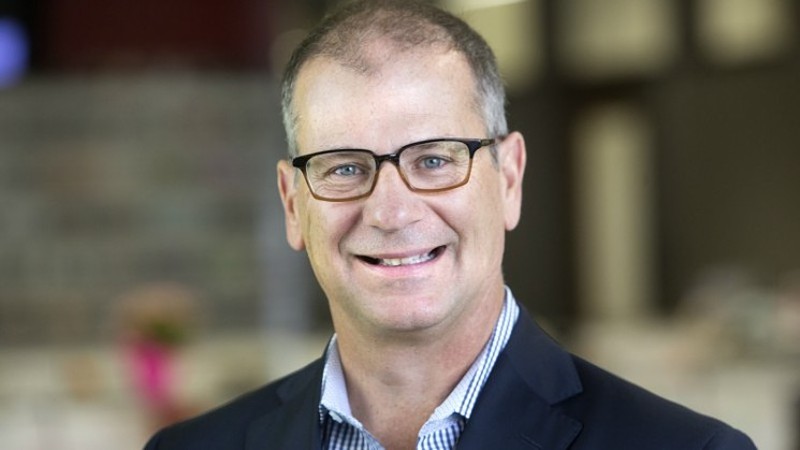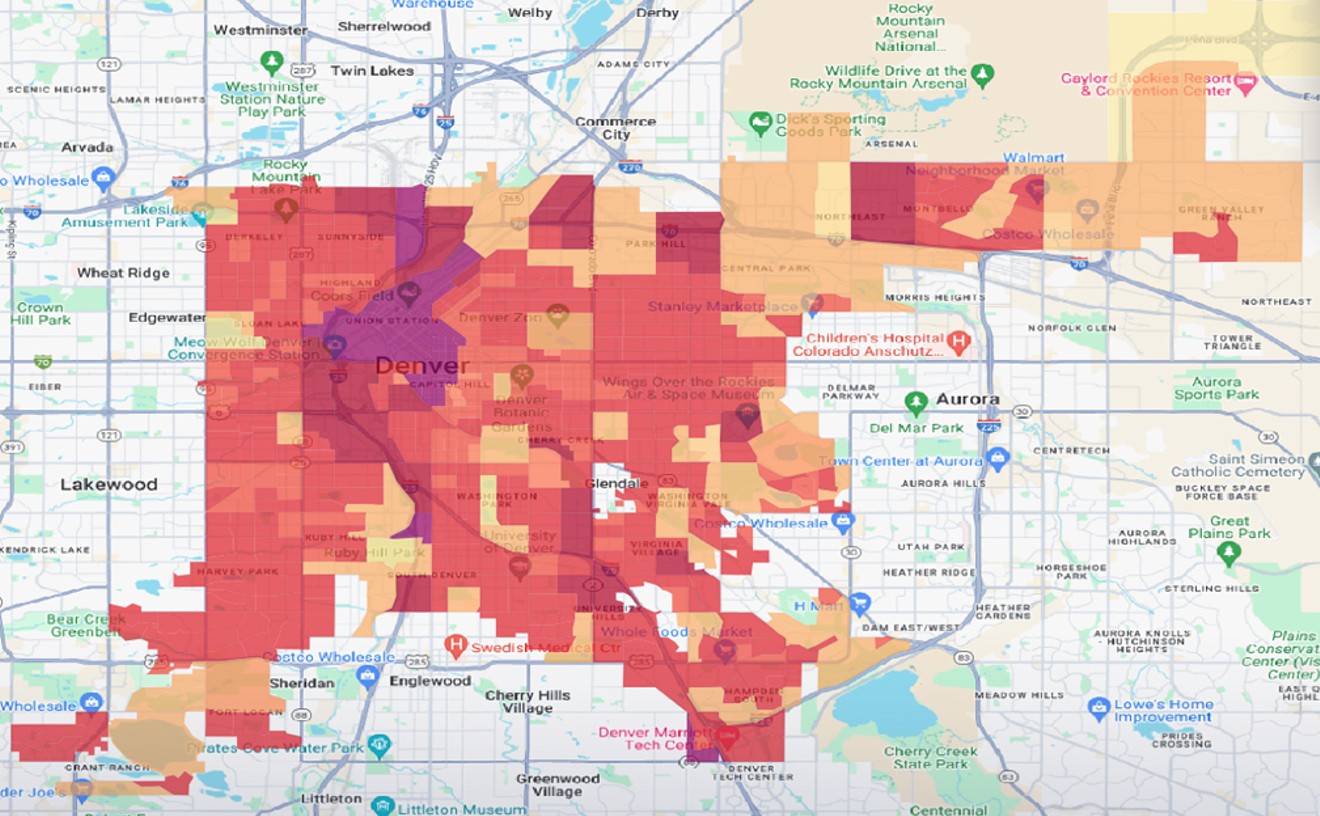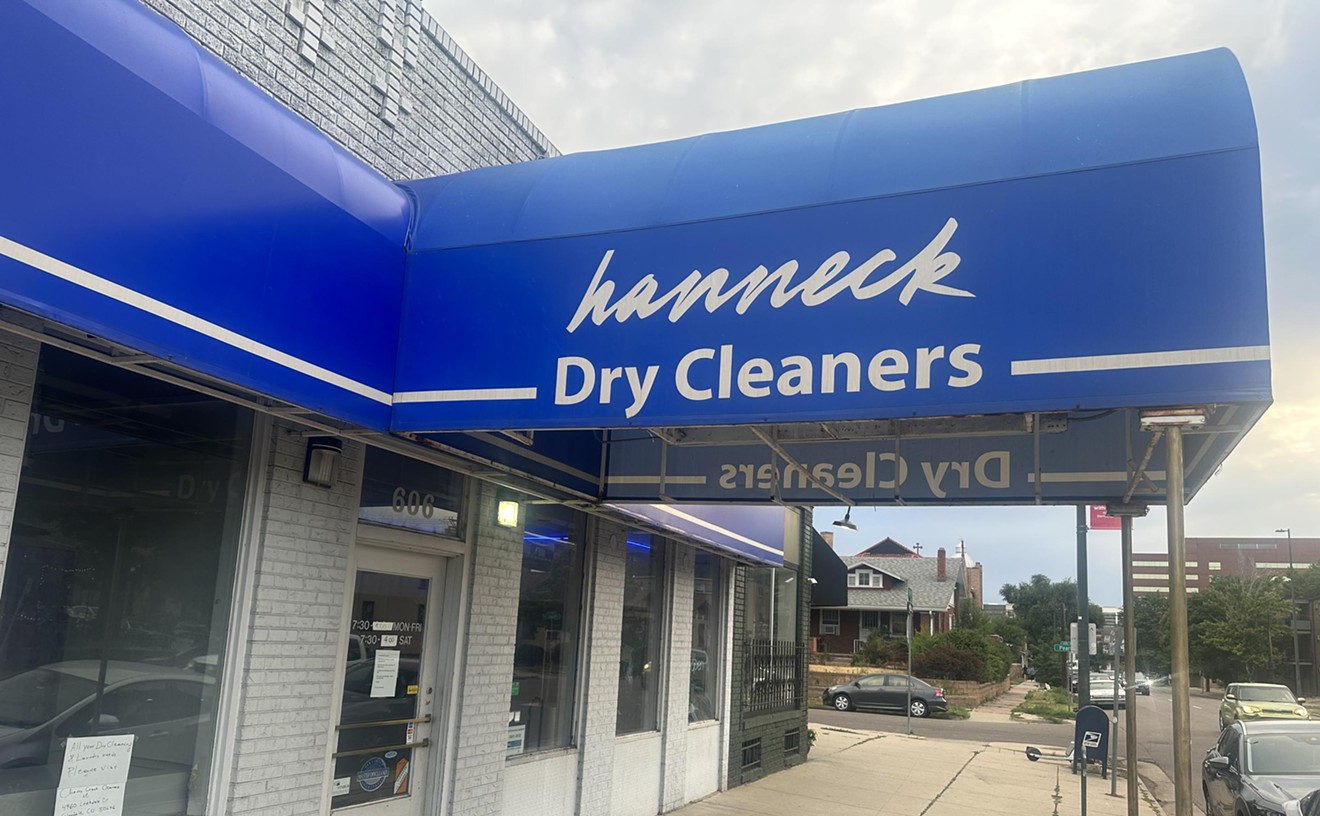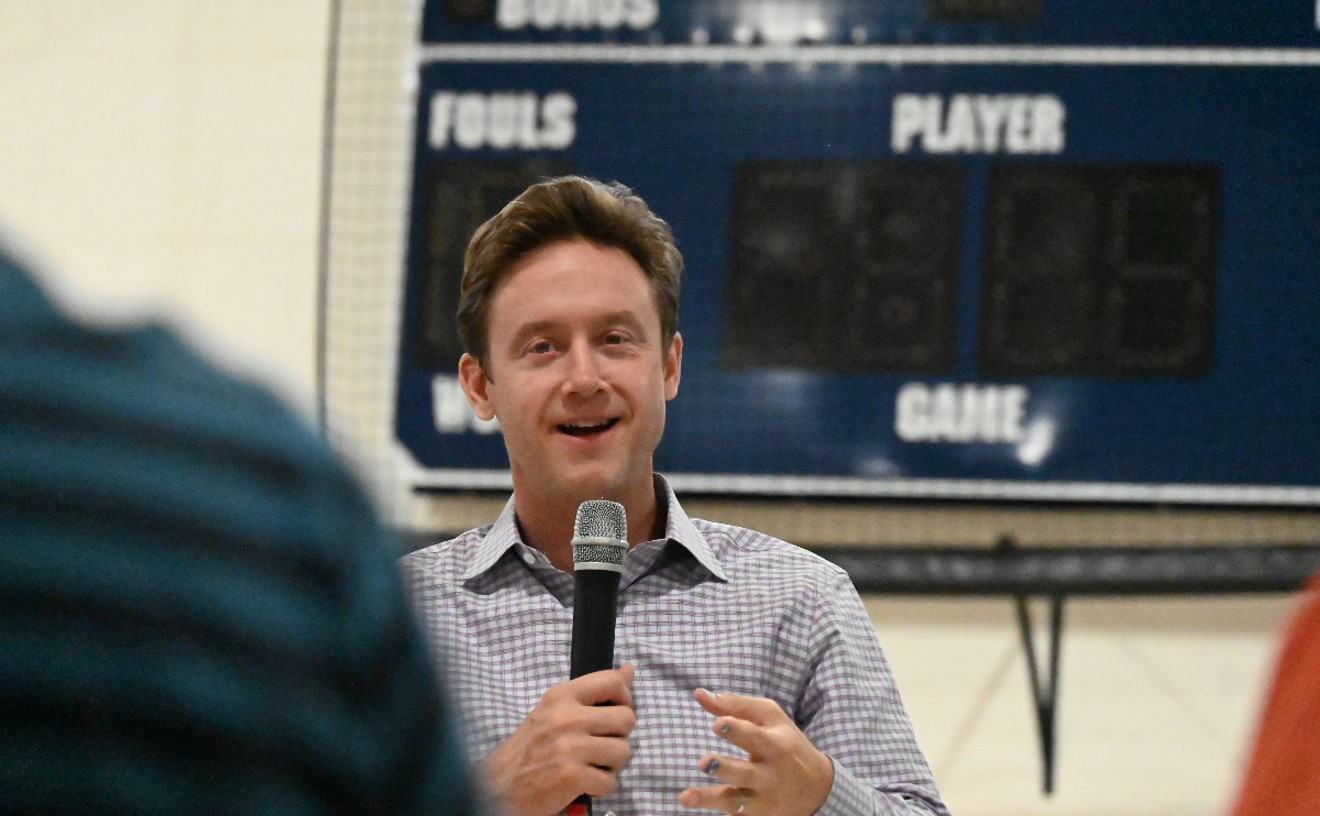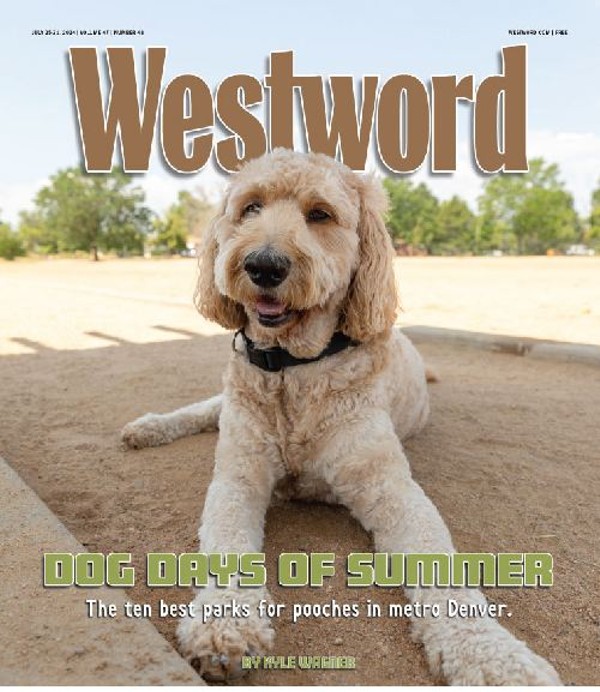In addition to its horrific human toll, the COVID-19 crisis has been devastating for nonprofits that rely on donations and grants to remain afloat. Somehow, though, Colorado Public Radio has survived and even thrived during the pandemic, with its CPR News branch topping the Denver-area ratings in 2020 in two of the largest and most important audience categories during the all-important morning drive period.
But Stewart Vanderwilt, CPR's president and CEO, stresses that it hasn't been easy. Overall listenership has actually dipped since the novel coronavirus struck the state, he acknowledges, and so has sponsorship, the life's blood of the station. Yet thus far, the system as a whole has been able to avoid big cuts to programming, and there have been no staff layoffs, either. "This is not a time to disrupt our employees' lives," Vanderwilt says. "This is a time to lean into our service, and lean into our commitment to the team."
CPR is a sprawling operation. The network includes at least 23 separate frequencies, consisting of either transmitters or translators that cover approximately 80 percent of the state. Moreover, that sum doesn't count the assorted signals associated with KRCC in Colorado Springs, which Colorado Public Radio manages as part of a deal announced in January 2020 — and it also excludes Denverite, the online news site CPR obtained in 2019. Total revenue through June 30, 2019, the most recent financial information available, was in excess of $24 million.
The arrival of COVID-19 in Colorado changed everything — including the presence of hosts in CPR's studio. The date that sticks in Vanderwilt's mind is March 13, 2020: "I always remember that, because it was a Friday the 13th, and we had to get the technology ironed out. Early on, it sounded really hollow, but we quickly adapted — and I'm just so impressed by how our people did it." Today, he estimates that "90 to 95 percent" of the operation remains remote.
Nonetheless, CPR News (its call letters are KCFR) is still performing extremely well. In ratings reports obtained by Westword, the outlet finished in first place between 5 a.m. and 9 a.m. weekdays for 2020 as a whole among all listeners age twelve and older, as well as for listeners 35 and up — and it held the spot in the same brackets during the final three months of the year, when the presidential election and its aftermath dominated coverage and conversation. That may explain in part the much more modest achievements of its two other major affiliates in Denver: KVOD, better known as CPR Classical, and KVOQ, dubbed Indie 102.3. The former tied for 17th place in the market during morning drive in the aforementioned groupings for all of 2020, and was in 24th and 27th place ties, respectively, for the last three months of 2020; the latter finished in ties for 26th and 27th place in 2020, and 24th and 17th place ties for October, November and December in the same block.
As for CPR News's peak position, Vanderwilt admits that it's not that unusual. Among listeners age twelve and over Monday through Sunday, 6 a.m. to midnight, "we were number one market-wide from July through December except for August, when we were number two," he reveals. "And that's not parsing it down to some prime demographic. We do what we do and the audience comes."
Nonetheless, he acknowledges that "when everything kind of hit, in March and April, we saw a decline in our total audience. It wasn't a decline in our share; we held onto our percentage of the overall audience. But there was a decline, because fewer people were in their cars" during the statewide lockdown that ran in Denver until May 8. "In fact, our peak listenership moved about an hour later in the day, and we saw a massive increase in our streaming numbers. But even though we're at a record share of the overall market now, we're at about 90 to 95 percent of where our listenership was prior to the pandemic."
In regard to donations, "individual support has stayed really strong, which I think is a testament that radio is still such a big part of people's lives — and we changed our tactics somewhat to really focus on people who are in a position to continue to support not only so that our service is available to them, but available to everyone for free."
Sponsorships, in contrast, "have been really challenged," Vanderwilt goes on. "We had a lot of sponsorships that were connected to arts, entertainment and events, which shuttered — so a lot of that went to zero. And retail sponsorship has been significantly challenged, too. It's climbing back, but it's climbing back from a pretty deep hole. We feel it will ultimately come back to where it was, but only as communities are able to open up again."
Even if that doesn't happen as rapidly as everyone hopes, Vanderwilt doesn't see Colorado Public Radio downsizing in the immediate future. "We're six months into our fiscal year, and we feel confident that we're going to make it through without having to reduce our service and, by extension, our commitment to our staff in any way."
Under the circumstances, that qualifies as a rousing success.
[
{
"name": "Air - MediumRectangle - Inline Content - Mobile Display Size",
"component": "12017618",
"insertPoint": "2",
"requiredCountToDisplay": "2",
"watchElement": ".fdn-content-body",
"astAdList": [
{
"adType": "rectangle",
"displayTargets": "mobile"
}
]
},{
"name": "Editor Picks",
"component": "17242653",
"insertPoint": "4",
"requiredCountToDisplay": "1",
"watchElement": ".fdn-content-body",
"astAdList": [
{
"adType": "rectangle",
"displayTargets": "desktop|tablet"
},{
"adType": "rectangle",
"displayTargets": "desktop|tablet|mobile"
}
]
},{
"name": "Inline Links",
"component": "18838239",
"insertPoint": "8th",
"startingPoint": 8,
"requiredCountToDisplay": "7",
"maxInsertions": 25
},{
"name": "Air - MediumRectangle - Combo - Inline Content",
"component": "17261320",
"insertPoint": "8th",
"startingPoint": 8,
"requiredCountToDisplay": "7",
"maxInsertions": 25,
"watchElement": ".fdn-content-body",
"astAdList": [
{
"adType": "rectangle",
"displayTargets": "desktop|tablet"
},{
"adType": "rectangle",
"displayTargets": "desktop|tablet|mobile"
}
]
},{
"name": "Inline Links",
"component": "18838239",
"insertPoint": "8th",
"startingPoint": 12,
"requiredCountToDisplay": "11",
"maxInsertions": 25
},{
"name": "Air - Leaderboard Tower - Combo - Inline Content",
"component": "17261321",
"insertPoint": "8th",
"startingPoint": 12,
"requiredCountToDisplay": "11",
"maxInsertions": 25,
"watchElement": ".fdn-content-body",
"astAdList": [
{
"adType": "leaderboardInlineContent",
"displayTargets": "desktop|tablet"
},{
"adType": "tower",
"displayTargets": "mobile"
}
]
}
]

